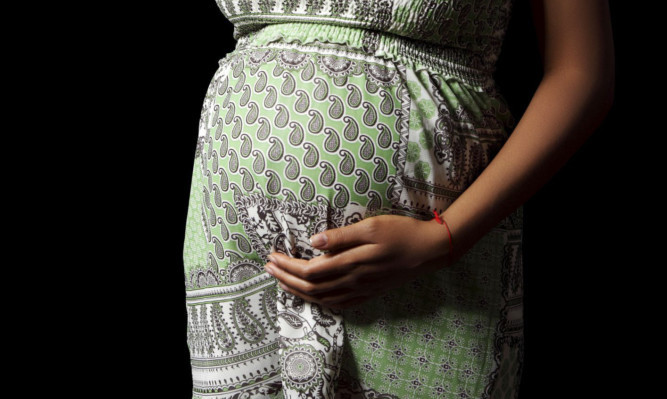Fife has the highest number of teenage pregnancies in Scotland.
A new report shows that in 2013 teenage pregnancy rates continued to fall across the country to the lowest level on record.
But NHS Fife recorded the highest rates in both the under 18s and under 20s age groups, with rates of 31.6 and 48.4 per 1,000 of the population respectively.
Meanwhile, statistics covering 2011-13 showed the area covered by Dundee City Council had the highest rate in the under 18s age group with 43.9 per 1,000.
However, across Scotland the overall rates have declined since 2007 across the under 16, 18 and 20 age groups.
The teenage pregnancy rate for under 20s has dropped from 57.7 per 1,000 in 2007 to 37.7 in 2013 equating to a fall of around 35%.
Despite the decrease, there is still a strong link between deprivation and teenage pregnancy.
In the under 20s calculated using the female population aged between 15 and 19 girls living in the most deprived areas were nearly five times more likely to become pregnant.
And they are nearly 12 times more likely to deliver a baby than someone living in the least deprived areas.
The latest statistics have been published as the Scottish Government launches a consultation on its draft national pregnancy and parenthood in young people strategy.
The first of its kind in Scotland, the strategy aims to tackle the cycle of deprivation associated with many pregnancies in young people and provide extra support to young parents.
It wants to ensure all agencies, not just the NHS, recognise the need to provide support to young people and families.
Mid Scotland and Fife MSP Claire Baker said: “The Scottish Government’s draft strategy must take these latest figures into account and work with partners throughout Fife to understand why the figures here remain the highest in Scotland.”
